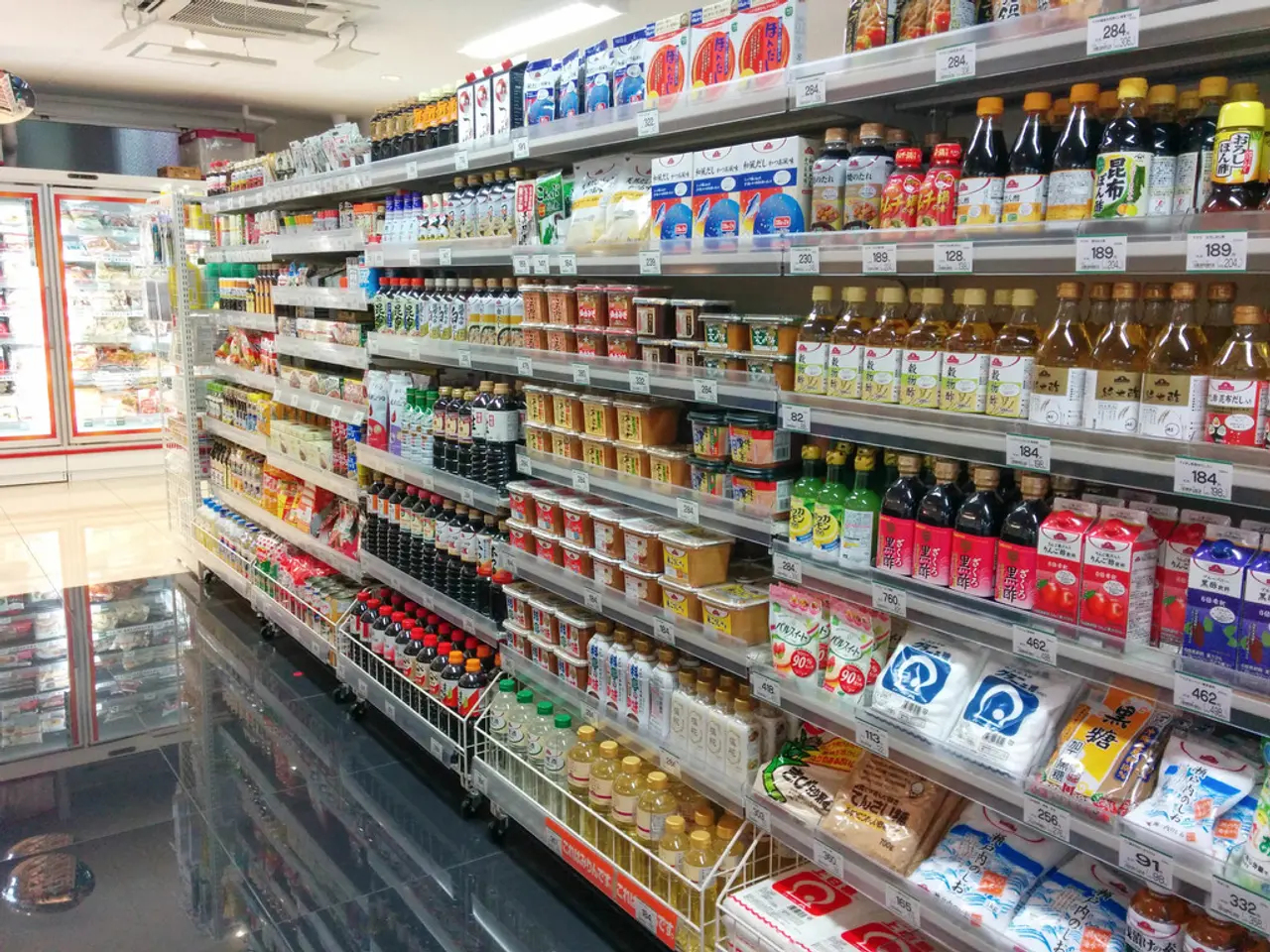In a contra-influx within the advertising sector, specific agencies are thriving and expanding their workforce.
The advertising industry is undergoing a significant transformation, with the rise of modern, integrated agencies and the increasing influence of technology, AI, and digital media. This evolution, however, presents both opportunities and challenges for junior talent looking to break into the field.
Current employment figures show that the ad industry has yet to recover fully to its pre-2023 peak, with around 219,500 jobs available as compared to the 228,000 jobs at the industry's zenith. Despite this, several independent and private equity-backed agencies like Known, DEPT, Croud, Cape Agency, and Nice&Frank are actively hiring, particularly for mid- to senior-level roles.
These agencies are growing organically, expanding their client base and services through integration and private equity investment. They are focusing on a new breed of talent that can translate creative work across social platforms and understand the new world of AI. For instance, Croud requires every employee, from legal to analytics, to use AI in their daily workflow.
However, the reality remains that the roles for junior talent are shrinking at growing creative agencies. Staff-level jobs at U.S. ad agencies have declined by more than 10% since January 2022, according to Live Data Technologies. This shrinking pipeline of traditional entry-level roles is a concern for junior talent looking to break into the industry.
To combat this issue, agencies are broadening their internship programs and recruitment pipelines. Agencies like Croud have expanded their 12-week summer internship program globally and partnered with COOP, a fellowship program that supports first-generation college grads. Cape Agency is in the early stages of establishing a formal internship program through university partnerships.
The labor market for junior talent in marketing and creative roles is becoming increasingly competitive. Junior talent is more frequently negotiating salaries than in previous years, with 43% of hiring managers noting this increase. However, 45% of employers anticipate ongoing difficulties meeting these compensation expectations. Agencies are raising starting salaries for in-demand skills like creative development, UX/UI design, content strategy, and graphic design where possible.
Employers increasingly seek junior talent with diverse skill sets that cross multiple roles rather than narrowly focused expertise. Skills that blend content creation, digital marketing, and creative capabilities are particularly valued, reflecting the growing complexity and integration of marketing efforts across digital channels and social media.
To attract junior talent, agencies are expanding flexible work arrangements—such as remote or hybrid models—as a way to enhance job offers without necessarily increasing salary budgets substantially.
The current impact of AI on junior creative roles is more nuanced. AI tools are increasingly integrated into advertising workflows, requiring junior staff to adapt by learning to work alongside AI-driven platforms rather than being outright replaced immediately.
With advertising strategies shifting heavily toward digital and social media platforms, junior hires who demonstrate strong digital content creation skills, adaptability to evolving formats (such as short and silent video ads), and familiarity with mobile-first advertising are in greater demand.
In summary, junior talent entering ad agencies in 2025 face a job market where salary negotiation is more common, versatile digital and creative skills are prized, flexible work arrangements help attract candidates, and AI integration requires evolving capabilities. Agencies adapt by offering competitive but carefully balanced compensation and focusing on multi-skilled candidates who can thrive in rapidly changing digital advertising environments.
- Agencies are focusing on a new breed of talent that can translate creative work across social platforms and understand the new world of AI, thereby requiring every employee, including junior staff, to use AI in their daily workflow.
- To attract junior talent, agencies are expanding flexible work arrangements such as remote or hybrid models as a way to enhance job offers without necessarily increasing salary budgets substantially.
- The labor market for junior talent in marketing and creative roles is becoming increasingly competitive, with agencies raising starting salaries for in-demand skills like creative development, UX/UI design, content strategy, and graphic design where possible.




